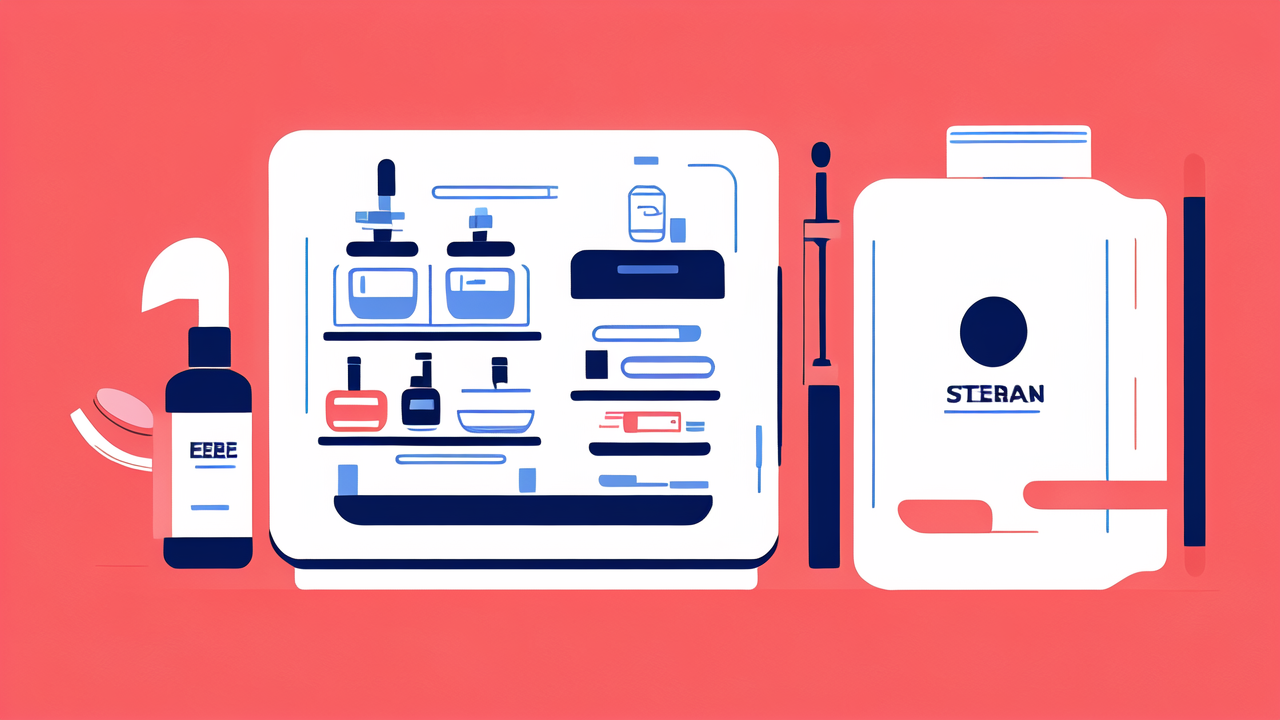Understanding Collagen Induction in Beauty Regimes
The Science of Collagen Production in the Skin
Collagen is vital for youthful skin. It gives firmness and bounce. Our bodies create less collagen as we get older. This leads to wrinkles and saggy skin. Non-invasive beauty treatments can aid the natural collagen-making process. Lasers and micro-needling are two examples. They trigger the skin to make more collagen without surgery. This results in a smoother and firmer skin appearance. Skin looks younger and more vibrant after these treatments. They work by stimulating the body's healing response. This triggers new collagen production in the deeper skin layers. Such treatments are gaining popularity in Hong Kong's beauty scene.

The Role of Non-Invasive Treatments in Collagen Growth
Non-invasive beauty treatments have a key role in boosting collagen. These treatments include lasers, micro-needling, and RF (radiofrequency) therapy. They trigger the skin’s natural healing. This healing process increases collagen and elastin without cutting the skin. So, the treatments are safer and have less downtime than surgery. They suit people who fear invasive procedures. The result is firmer, smoother, and youthful-looking skin. Experts in Hong Kong are seeing more demand for such options. They help maintain skin health and delay aging signs. Thus, they are vital in modern beauty regimes.
The Growth of Non-Invasive Treatments in the Beauty Industry
Popular Non-Invasive Procedures and Their Impact on Collagen
The beauty sector in Hong Kong has seen a spike in non-invasive treatments. These procedures aim to boost collagen without surgery. Some favorites include:
- Micro-needling: Tiny needles prick the skin. This sparks collagen creation. It smooths wrinkles and scars.
- Ultherapy: Uses ultrasound to tighten and lift skin. It aids collagen renewal for a youthful look.
- LED Light Therapy: Different lights target skin issues. It promotes collagen for better skin texture and tone.
- Radiofrequency: Heats skin to encourage collagen. Results in tighter skin with less sag.
Each treatment offers a collagen boost. They do so without the downtime of surgery. This attracts many in Hong Kong seeking simpler beauty solutions.
Comparing Invasive and Non-Invasive Treatment Efficacies
The debate between invasive and non-invasive procedures is ongoing. With advances in technology, non-invasive treatments are gaining favor, especially in Hong Kong and China. These methods have made significant strides in efficacy and safety. They reduce recovery time and lower the risk of complications. In contrast, invasive treatments often deliver dramatic results but come with higher risks and longer downtimes. It's important to compare these options based on individual needs and expected outcomes. Non-invasive treatments now offer substantial results in collagen stimulation, rivaling those of surgical options. Still, invasive procedures can achieve certain results that non-invasive methods cannot. The choice depends on the condition being treated, the patient’s health, and their comfort with risk levels. As we delve deeper, we will see the impact of both techniques on the industry.
The Future of Beauty Treatments in Hong Kong and China
Innovations in Non-Invasive Technologies
In Hong Kong and China, beauty treatment technologies are advancing fast. Non-invasive options are top choices. These methods rely on novel tech to boost skin collagen without cuts or needles. Think of it like a spa visit, but with high-tech perks. Future gadgets may use smart sensors to track skin health. They'll adapt to user needs for a bespoke beauty routine. The aim is to get great skin with less risk and no surgery. These innovations make beauty care safer, simpler, and smarter.
Ethical and Regulatory Considerations in Aesthetic Procedures
As non-invasive beauty treatments grow in Hong Kong and China, ethical and regulatory oversight is key. It ensures these aesthetic procedures are safe for users. Rules protect against harm and uphold medical standards. Hong Kong is setting strict guidelines for these treatments. These include training for practitioners and clear info for clients. China is also regulating to keep the fast-growing beauty industry in check. Such steps aim to foster trust and ensure treatments really do benefit skin health.


